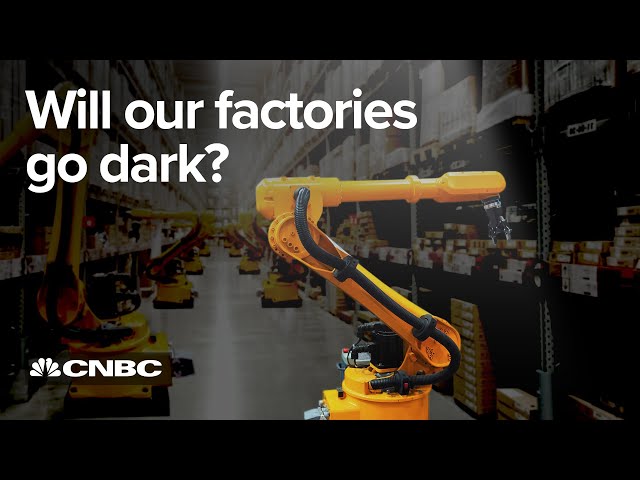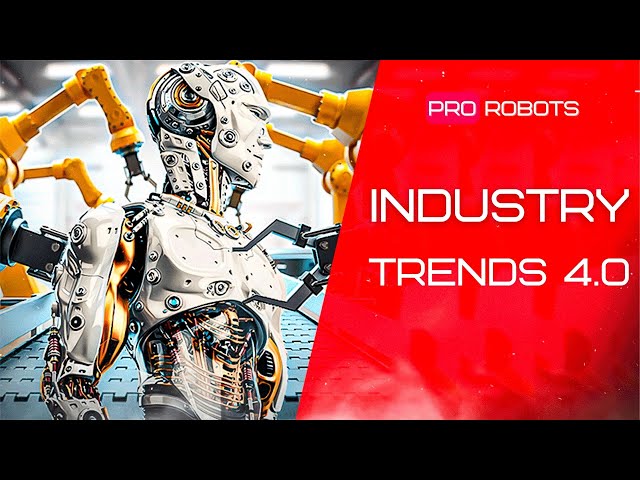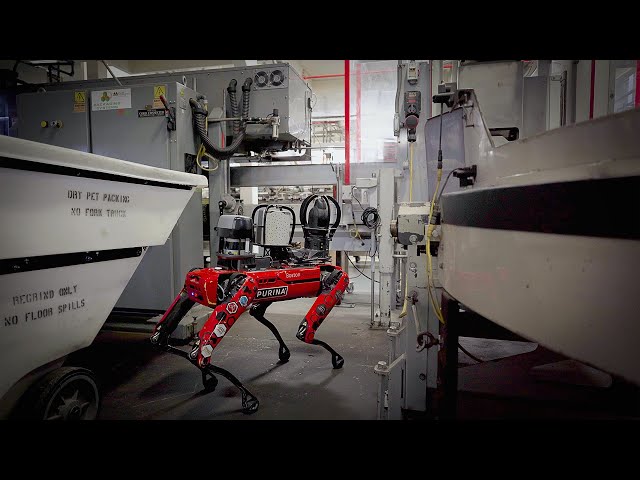The Four Industrial Revolutions Explained In Under 4 Minutes!
The Four Industrial Revolutions represent periods of significant technological advancement that have transformed society and economies throughout history. These revolutions have been characterized by the introduction of new technologies that have led to increased productivity, new forms of production, and changes in the way we live and work.
First Industrial Revolution (1760-1840)
The First Industrial Revolution was marked by the transition from hand production methods to machines powered by water and steam. This revolution originated in Great Britain and spread to other parts of Europe and North America. It led to the development of new industries, such as textiles, iron and steel, and coal mining.
Key technologies:
- Water and steam power
- Mechanization of production
- Textile industry
- Iron and steel production
Second Industrial Revolution (1870-1914)
The Second Industrial Revolution was characterized by the use of electricity, assembly lines, and mass production techniques. It led to the growth of new industries, such as automobiles, chemicals, and electrical appliances. This revolution also saw the rise of large corporations and the expansion of global trade.
Key technologies:
- Electricity
- Assembly line
- Mass production
- Internal combustion engine
- Chemical industry
- Electrical appliances
Third Industrial Revolution (1950-1970)
The Third Industrial Revolution was marked by the introduction of computers, automation, and robotics. It led to the rise of new industries, such as information technology, telecommunications, and electronics. This revolution also saw the globalization of production and the growth of service industries.
Key technologies:
- Computers
- Automation
- Robotics
- Information technology
- Telecommunications
- Electronics
Fourth Industrial Revolution (2000-present)
The Fourth Industrial Revolution, also known as Industry 4.0, is characterized by the convergence of digital, physical, and biological technologies. It is still in its early stages, but it is expected to have a profound impact on society, economies, and the way we live and work.
Key technologies:
- Internet of Things (IoT)
- Artificial intelligence (AI)
- Cloud computing
- Big data
- 3D printing
- Robotics
- Nanotechnology
Industry 4.0 Learning Resources
- Best Industry 4.0 Quotes.
- Industry 4.0 Digital Port Container Terminals.
- Industry 4.0 Explained Simply.
- High-tech Production Without People | Industry 4.0.
- What is IoT?


